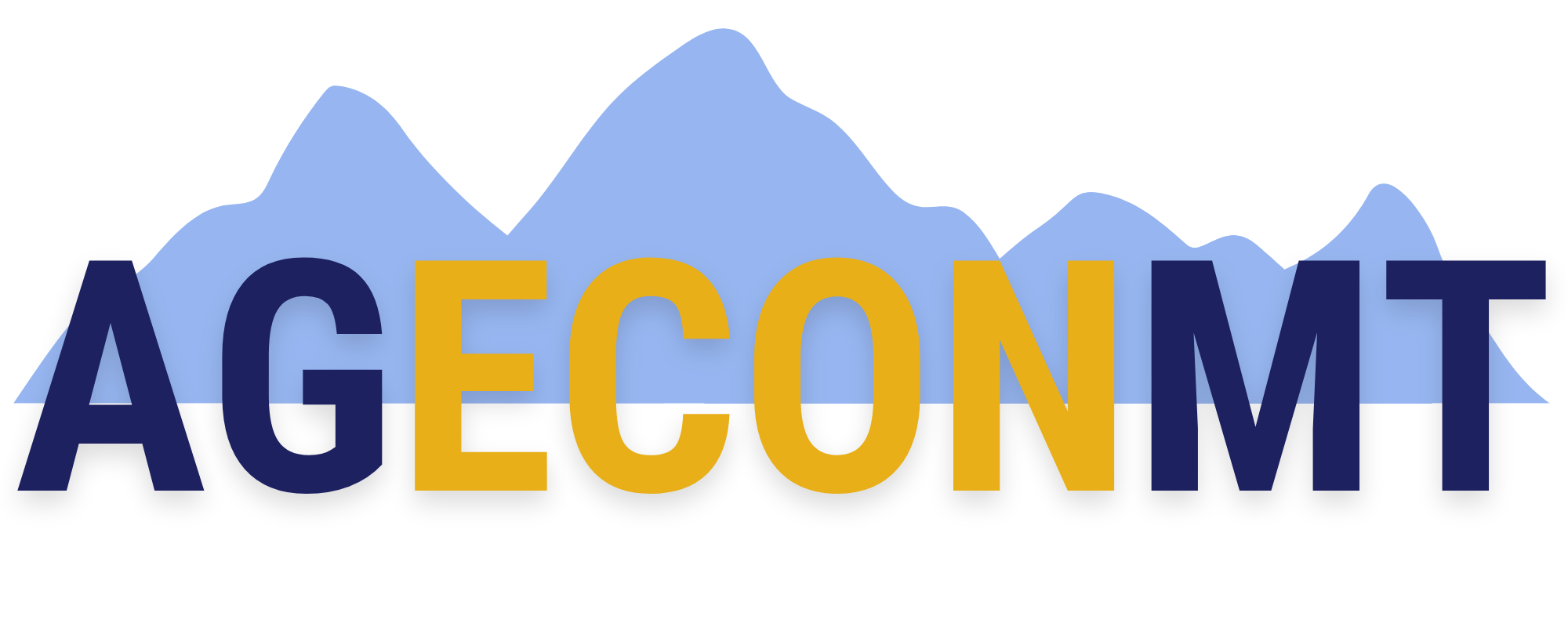Artificial intelligence (AI) is becoming more and more ubiquitous across many industries, and agriculture is no exception. One of the most promising applications of AI in agriculture is the use of chatbots. Chatbots are computer programs designed to simulate conversation with human users through voice or text messaging. The potential for chatbots in agriculture is vast, from providing farmers with real-time weather updates and pest control information to helping agribusinesses with supply chain management and logistics.
One of the most exciting ways chatbots can be used in agriculture is by providing farmers with information about weather and climate conditions. For example, a chatbot could provide farmers with the most up-to-date information about weather patterns, allowing them to make better decisions about planting and harvesting times. This kind of information can be critical to maximizing crop yields and ensuring that farmers are able to take advantage of optimal growing conditions.
Another way chatbots could revolutionize the agricultural industry is by helping farmers and agribusinesses manage their supply chains more effectively. For instance, a chatbot could provide real-time updates on the status of shipments, allowing businesses to make more informed decisions about when and where to distribute products. This can help to reduce waste and ensure that products are delivered in a timely and cost-effective manner.
Moreover, chatbots can also help with pest and disease control. A chatbot can alert farmers of potential issues with their crops and provide them with information on how to prevent or mitigate the damage. This kind of technology can significantly reduce the amount of time and money farmers have to spend on managing pests and diseases. It can also help prevent crop losses, leading to increased yields and profits.
In Montana, a state that relies heavily on agriculture, the use of chatbots could be especially beneficial. For example, the Montana State University Extension Service provides farmers with a wide range of information on topics such as crop management, livestock care, and irrigation. However, the availability of this information can be limited, and farmers may not always have easy access to the Extension Service’s resources.
The use of chatbots could change this. Farmers could simply text or talk to a chatbot to get the information they need, rather than having to search for it online or call the Extension Service. This could save farmers time and allow them to make more informed decisions about their crops and livestock.
While the potential benefits of chatbots in agriculture are significant, there are also risks and challenges to be aware of. One of the biggest challenges is ensuring that the chatbots are accurate and reliable. If farmers rely on information provided by chatbots that is inaccurate or incomplete, it could have serious consequences for their crops and livelihoods.
Another challenge is ensuring that farmers have access to the technology needed to use chatbots effectively. In rural areas, where many farmers live and work, internet access can be limited, making it difficult to use chatbots that require an internet connection. This could limit the effectiveness of chatbots in helping farmers in these areas.
Moreover, there is the issue of data privacy and security. Farmers will be sharing sensitive information with these chatbots, such as details about their crops, livestock, and supply chains. Ensuring that this information is kept secure and confidential will be critical to the success of chatbots in the agricultural industry.
Overall, the future of AI chatbots in the agricultural sector is both exciting and challenging. While chatbots have the potential to revolutionize the way farmers and agribusinesses operate, there are risks and challenges that must be addressed. With the right investments in technology, training, and infrastructure, chatbots could help Montana’s farmers and agribusinesses thrive in the years to come.
—
All of the preceding text was, yes, generated by ChatGPT 3.5, a chatbot offered by the company OpenAI, in response to a prompt I wrote. In addition, the image heading this post was produced by DALL-E, an AI system that generates images based on text instructions.
Several general-purpose chatbots are now freely available to the public to try:
For image generators, you can try:
- OpenAI’s DALL-E
- Microsoft’s Bing Image Creator (also powered by DALL-E)
- Midjourney
- Stable Diffusion

